Optimal Timing for Waterproofing Applications
Waterproofing is a critical process to protect structures from water intrusion, which can cause damage, mold growth, and structural deterioration. Proper timing of waterproofing applications ensures maximum effectiveness and longevity of the protection. The optimal time varies depending on climate, weather conditions, and the specific type of waterproofing system used.
Ideal for waterproofing projects due to moderate temperatures and lower rainfall, allowing materials to cure properly.
Suitable when temperatures are still warm, but it is important to avoid high humidity periods that can affect application quality.
A good window before colder weather sets in, ensuring waterproofing layers are fully cured before winter.
Cold temperatures and freezing conditions hinder proper curing and adhesion of waterproofing materials.

Waterproofing being applied on a building foundation.

Materials curing under optimal weather conditions.

Completed waterproofing on a basement wall.

Ways to make Waterproofings work in tight or awkward layouts.
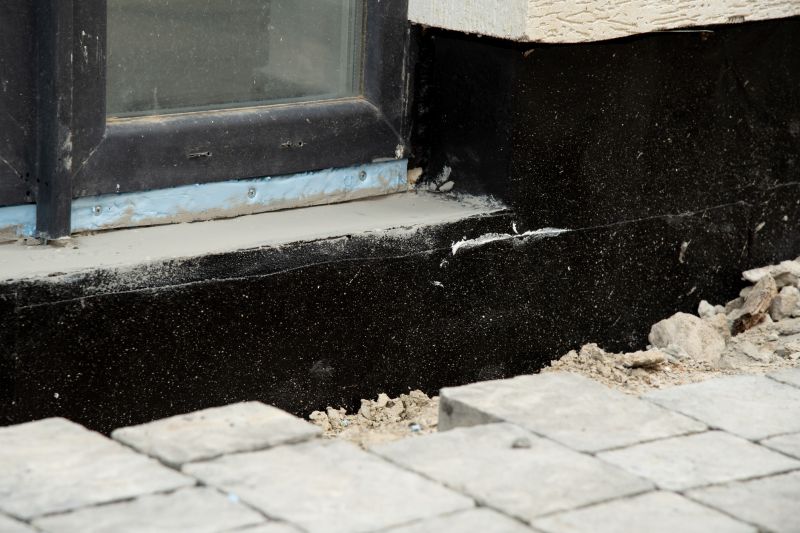
Popular materials for Waterproofings and why they hold up over time.

Simple add-ons that improve Waterproofings without blowing the budget.
| Season | Optimal Conditions |
|---|---|
| Spring | Moderate temperatures, low humidity, dry weather |
| Summer | Warm temperatures, low rainfall, dry days |
| Fall | Cooler temperatures, dry weather, before winter |
| Winter | Not recommended due to cold and freezing conditions |
Waterproofings are essential for protecting structures from water damage. They involve applying specialized materials such as membranes, sealants, or coatings that create a barrier against moisture intrusion. Proper application and timing are vital for ensuring durability and effectiveness. Different waterproofing systems are suited for various surfaces and environmental conditions, making it important to choose the right method for each project.
Statistics show that water intrusion is a leading cause of structural damage in buildings, accounting for a significant percentage of repairs and maintenance costs. Properly timed waterproofing can prevent costly repairs, improve building lifespan, and maintain structural integrity. Regular inspections and timely applications are recommended to sustain waterproofing performance over time.
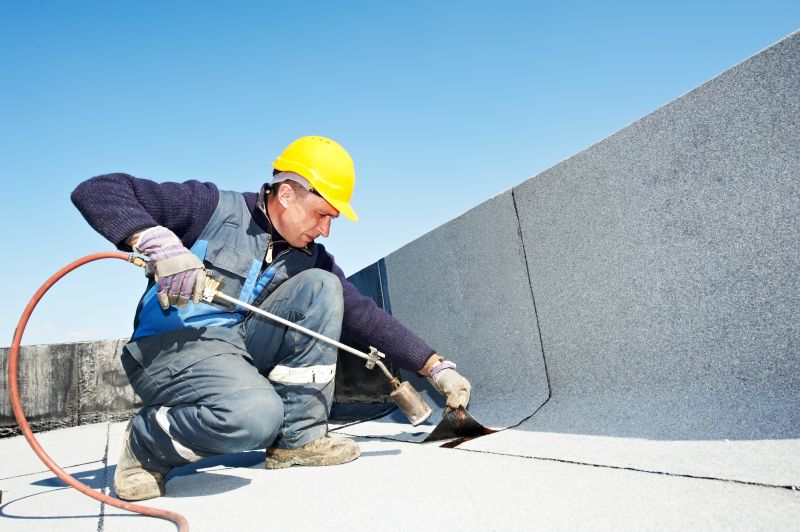
Application of waterproof coating on roofing surface.
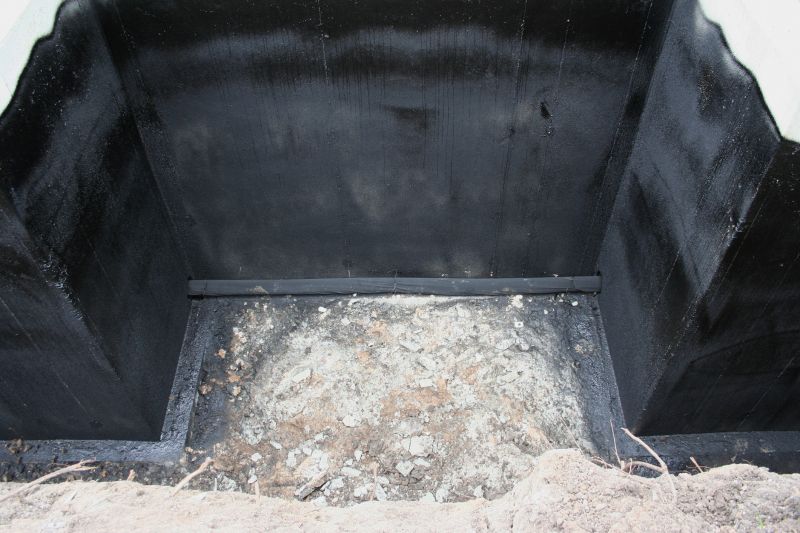
Sealant being applied to basement walls.
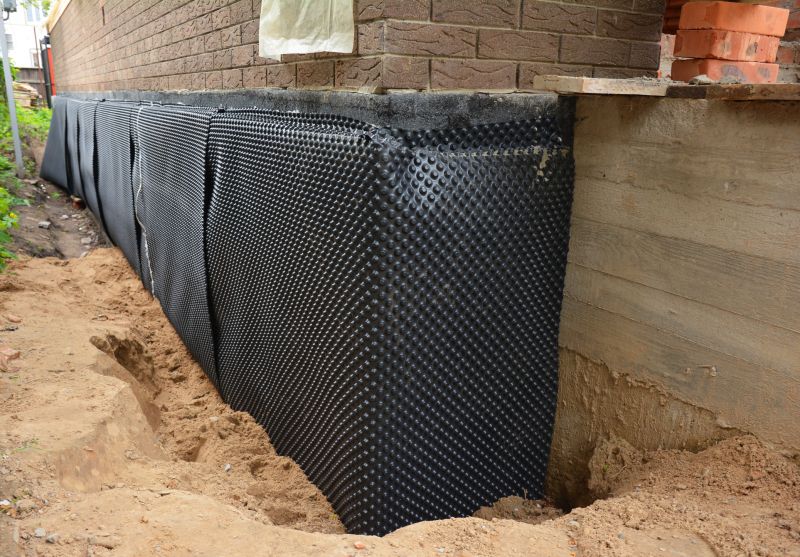
Waterproof membrane installed on foundation.
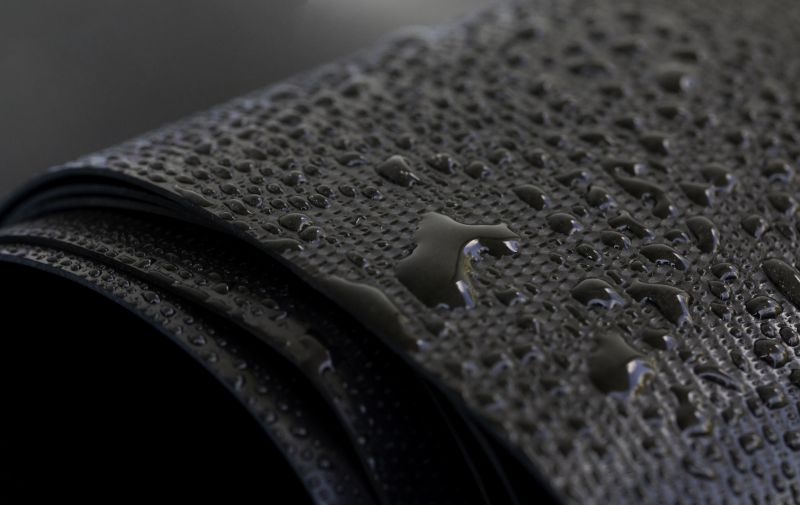
Various materials used in waterproofing systems.
Interested parties are encouraged to contact for more information about waterproofing options and scheduling. Proper timing and application techniques can significantly enhance the durability of structures and prevent water-related damages.

